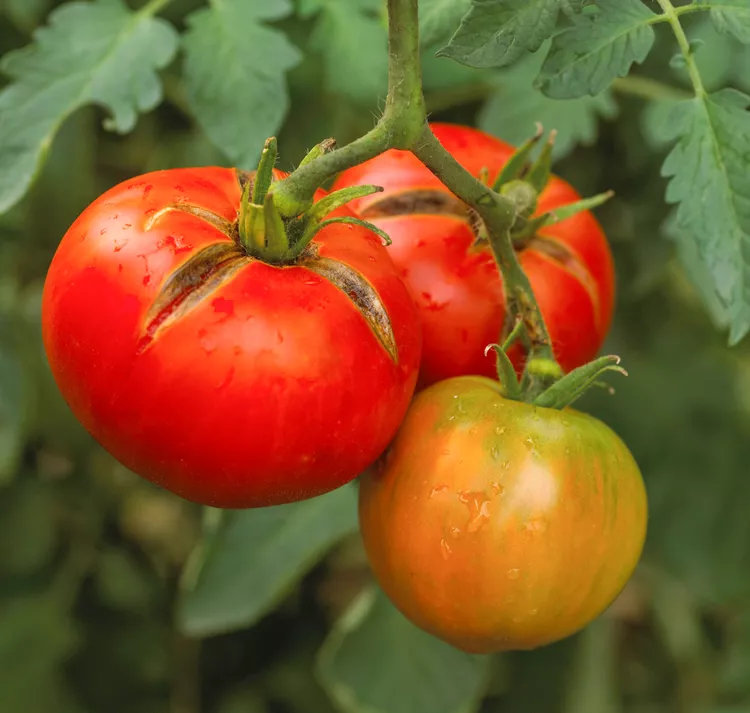You’ve planted your tomatoes with anticipation, imagining the delicious dishes they’ll enhance. But then, disappointment strikes as you notice a problem: your tomatoes are splitting. This common issue, where the skin around the stem end of ripening tomatoes cracks open, is known as fruit splitting or side splits. It’s particularly problematic during hot, humid weather, allowing microbes to invade and spoil the fruit.
Understanding Tomato Splitting
The glossy, blemish-free tomatoes you see in stores are meticulously controlled for uniformity. In contrast, homegrown tomatoes often exhibit more variation, including occasional splitting. This occurs when tomatoes experience fluctuations in water availability. A period of dryness followed by heavy rain causes rapid growth, stretching the tomato skin beyond its capacity and resulting in cracks.
Managing Tomato Splitting
While tomato splitting can’t be reversed once it occurs, you can take steps to prevent it:
- Consistent Watering: Maintain consistent soil moisture by watering regularly. Even moisture levels help prevent the rapid growth spurts that lead to splitting. Use a soaker hose or watering can to deliver water directly to the soil around the plants.
- Mulch Application: Apply a layer of mulch around tomato plants to regulate soil moisture and temperature. Organic mulches like straw or shredded leaves also enrich the soil as they decompose, supporting healthier tomato growth.
- Harvesting Ripe Tomatoes: Keep a close eye on ripening tomatoes. If you notice cracking while the fruit is still green, it’s likely to rot before ripening fully. However, if the tomatoes show signs of ripening (changing color), harvest them promptly. Trim out any damaged areas and use the remaining fruit in your favorite recipes.
By following these tips, you can minimize tomato splitting and enjoy a more abundant and blemish-free harvest of delicious tomatoes from your garden. Remember, while you can’t entirely control weather conditions, consistent care and attention can go a long way in mitigating this common gardening challenge.
